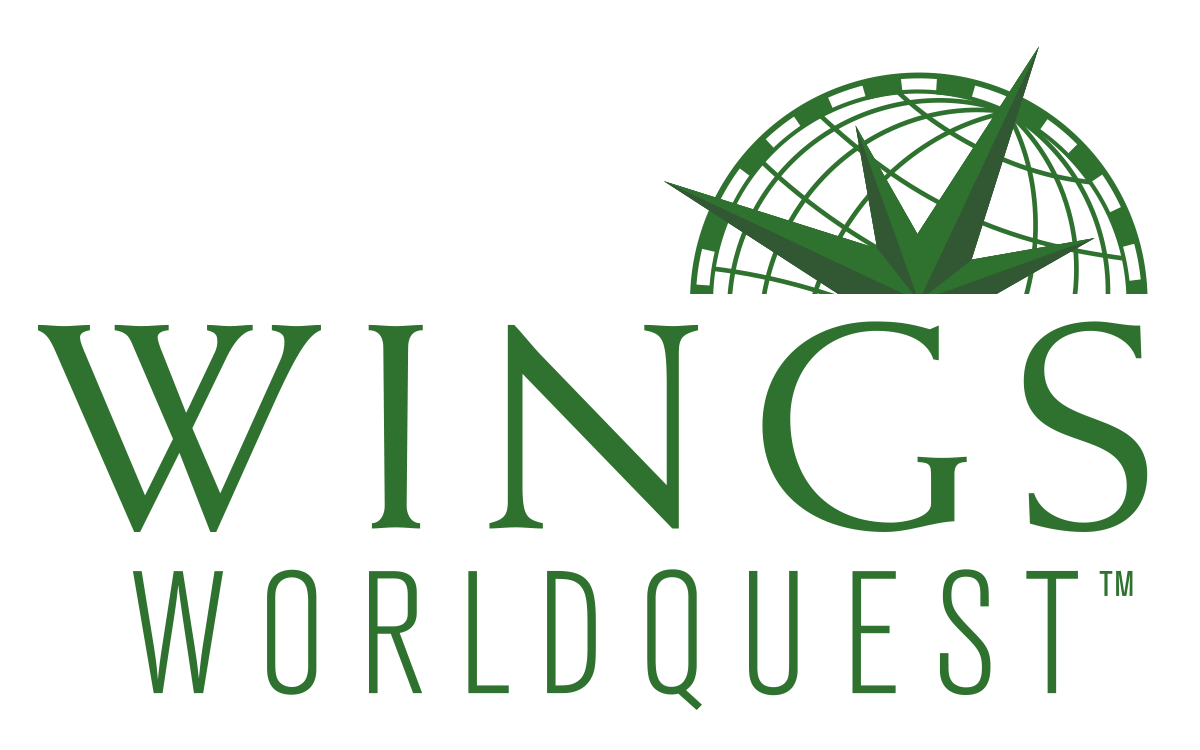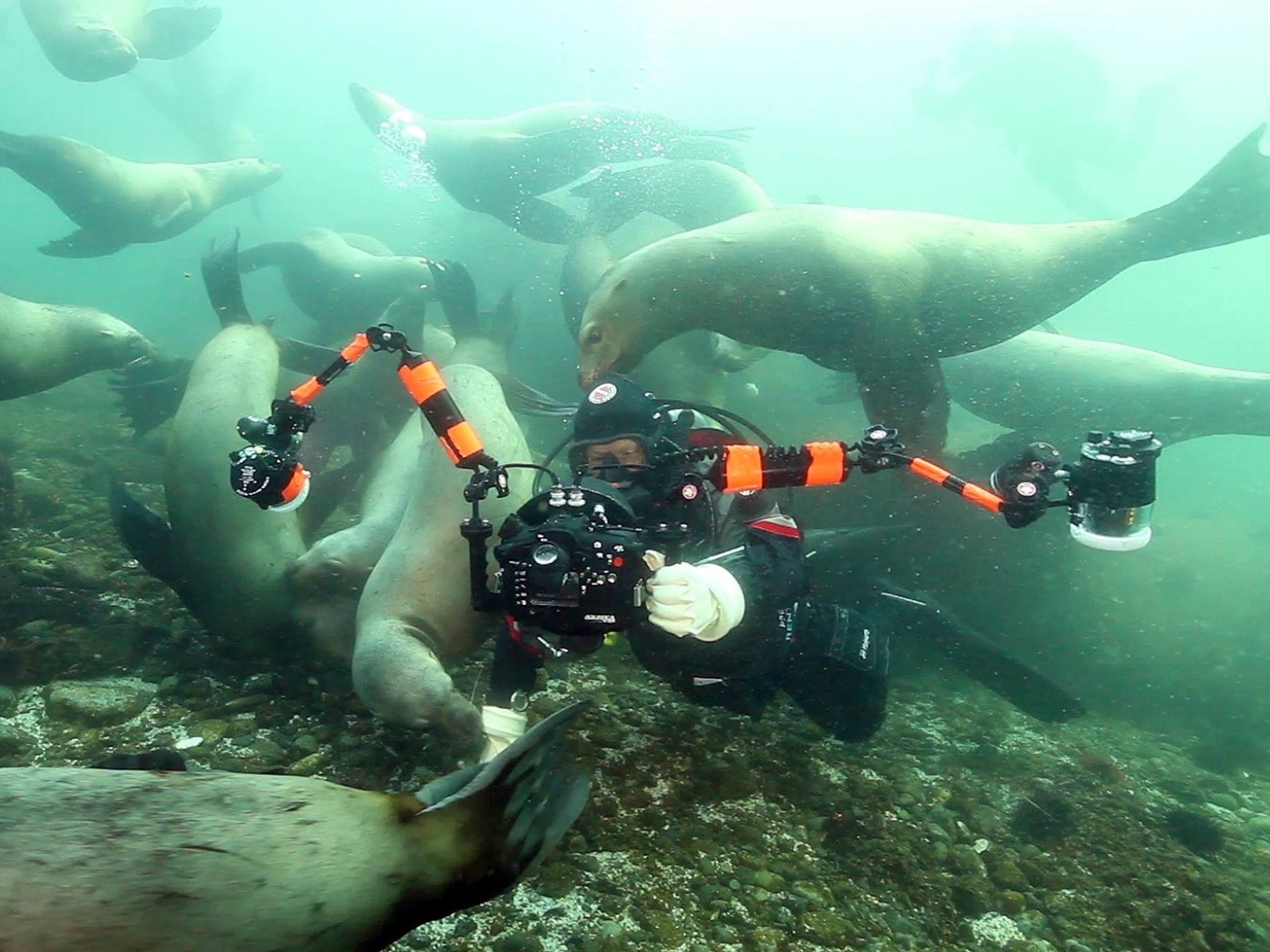2022 Women of Discovery: Q&A with Jill Heinerth
On October 19th, WINGS WorldQuest will induct five new Fellows during our 2022 Women of Discovery Awards Gala in New York City. In a special Q&A series, we are sharing a little bit about each honoree. Our first Q&A is with Jill Heinerth, who is receiving the Lifetime Achievement Award. Jill is an underwater cave explorer, photographer/filmmaker, author, climate advocate, and world-leading technical diver. The first person to dive into iceberg caves, Jill was also a lead diver on the ground-breaking US Deep Caving Team’s project, piloting the first 3D underwater cave mapping device - technology bound for space. From volcanic lava tubes and desert oases to submerged caves across the world, Jill extends the reach of climatologists, archaeologists and engineers. Through her podcasts, books and award-winning films and photography, she helps connect us to our underwater world and one of Earth’s last frontiers for true exploration.
Jill Heinerth self portrait entering cave
WINGS WORLDQUEST: Tell us your story. How did you get involved in science and in your field specifically?
JILL HEINERTH: I was always a curious child, pursuing interests in a wide variety of subjects. We watched the Apollo missions, live on TV at school, and I recall wanting to be an astronaut. At the time, there was no Canadian space program, nor female astronauts, so I was told that was not possible. We also watched Jacques Cousteau on TV, and that was when I realized that I could explore inner space instead of outer space. From that point forward, I knew that diving would be a big part of my life. My family had no experience or knowledge of diving in Canada, so I struck out on my own journey to become qualified and experienced.
As a filmmaker and photographer, underwater caves represent the ultimate challenge: I create art while monitoring delicate life support equipment at task loads that take my mind and body to the limit. Sometimes solo, and other times a member of a scientific expedition, I must be entirely self-sufficient. There’s no Mission Control to solve my problems while I am blindly groping for a lost guide line in a zero-visibility silt out, my exit trapped by a sudden, unpredictable mudslide, or pinned by the current, my numb body barely responding, beneath towering columns of jagged, deadly ice.
Despite the risk, I’m like a kid in a candy store, working with biologists discovering new species, physicists tracking climate change, and hydrogeologists examining our finite freshwater reserves. Probing the underground pathways of the planet, I’ve discovered grisly sources of pollution, the roots of life inside Antarctic icebergs, and ancient skeletal remains of Mayan civilizations, sacrificed in the cenotes of the Yucatan peninsula. It is a privilege to uncover these hidden shrines and, with my camera, share concealed mysteries, deep inside our planet.
WWQ: What is something you would like people to understand about your field and your work?
JH: Most people perceive that cave divers are some sort of adrenaline junkies out for a thrill, but we have become valued partners assisting scientists on missions that are beyond their reach. In many ways, we are like astronauts, conducting scientific studies and gathering samples from remote places. One major difference for cave divers is that we are on our own. There is no Mission Control to call for assistance if we need help. The best people to save us in the case of an emergency are already in the cave!
WWQ: What are the greatest barriers to more women working in science?
JH: There are still many barriers for women working in scientific fields. From social and cultural barriers, to overt sexism, women have to rise above the noise. But it is also important to recognize that we create unintentional barriers for ourselves, too. Many women suffer from imposter syndrome or fear of disrupting family expectations. All of this is distraction from living to our fullest potential, but we can overcome the adversity. We are capable and, when we find the right team, we recognize our true destiny.
WWQ: What gets you up in the morning?
JH: I actually pinch myself every day in the sense that I am excited to get out of bed and get to work. I love the diverse projects that I am involved in and surround myself with like-minded people.
WWQ: What's your next challenge?
JH: This is a really busy year for me. in the coming months, I am working on a feature documentary film that is being shot in four countries, and I am also working closer to home researching endangered bivalves and sturgeon in the Ottawa River and caves. That will be interspersed with documenting shipwrecks off Newfoundland and in Chuuk, Micronesia.
WWQ: Describe yourself in three words.
JH: Tenacious. Curious. Joyful.
Jill Heinerth at work with sea lions, Hornby Island, British Columbia. Photo credit: Trisha Stovel


